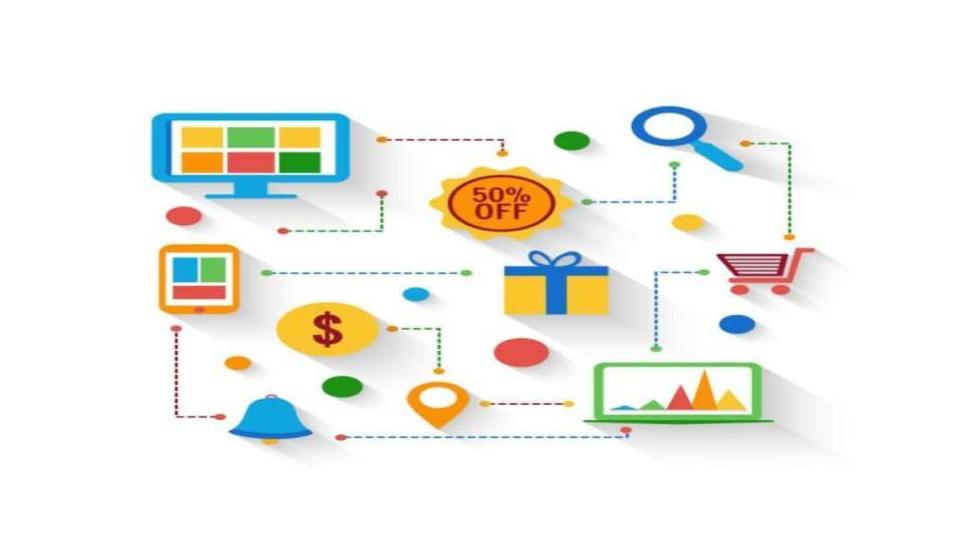Are you struggling to drive success from your Facebook ads? No doubt! Facebook ads are the perfect way to attract more leads and sales, but only if you’re targeting the right audience. When it comes to targeting the right audiences, Facebook split audiences feature is very effective. Split audiences are a specific type of split testing that enables you to isolate and test different audience characteristics in existing ad sets.
Best Practices to Get Most Out of Facebook Split Audiences Feature
Here is how you can leverage the Facebook split audiences feature to drive more success from your Facebook ads:
Create Auidence Segments Using Facebook Split Audiences
Ads manager lets you split audiences at the ad set level to better understand how your audience selections affect campaign performance. For example, to test how your ad performs when you target specific ages or genders. To create split audiences, select an ad set, then choose split audiences from the Duplicatedropdown. You can split an audience as many times as you like. You can create split audiences based on many factors, such as:
Behavioral Segmentation: It is the most powerful approach to split audiences. Because it uses actual consumer behavior or product usage for segmentation and is most closely associated with your consumer needs. You can group your consumers based on their extent of product usage – heavy, medium, and light users and then target each group separately as per their custom needs.
Demographic Segmentation: You can divide your audience into segments using demographic factors such as gender, age, income, and education. The connection between demographics, needs, and desired product benefits can make demographic segmentation quite easy and powerful.
Psychographic Segmentation: It deals with state-of-mind issues, such as motives, attitudes, opinions, values, lifestyles, interests, and personality. Issues are more difficult to measure and often require primary marketing research. Once you identify one or more psychographic segments, then you can combine them with demographic, geographic, or behavioral segmentation to create fully developed consumer profiles.
Geographic Segmentation: Consumer preferences for certain purchases based on geography are a primary consideration in developing trade areas for retailers such as grocery stores, gas stations, and dry cleaners. Geo-demographic segmentation, or clustering, is an approach that looks at neighborhood profiles based on demographic, geographic, and lifestyle segmentation variables.
To create split audiences, select an ad set, then choose split audiences from the Duplicate dropdown. After segmentation, you can create a specific campaign for your audience segment to whom you want to target.
Use Facebook Audience Split Testing
If you’re struggling to find your target audience, then Facebook audience split testing is the perfect way for you to figure out your most profitable audience. To create an audience split testing campaign:
- Navigate to Ads Manager and click on the create button. You can either use guided creation or quick creation to create your audience split testing campaign.
- Then choose the goal and turn on a split testing feature for your campaign. Next, you can select a variable for split testing, and in order to find out your target audience, choose the audience as a variable for split testing.
- Select the number of ads. For example, if you want to test two different audience segments, then create 2 ad sets for your campaign.
- Next, choose an audience segment for each ad set, select your budget and timeframe to run your campaign.
- Once you’re done with campaign editing then launch your audience split testing campaign.
Establish Automated Rules
While creating a split audiences test, you can also create rules at the campaign, ad set, or ad level. Rules update ad delivery or notify you of changes to your campaigns, ad sets, or ads. Some things that rules can include:
- Turn off your ad if it doesn’t perform well.
- Increasing the budget of an ad set when more people click on those ads.
- Sending notification to your email address when the overall number of people who view your ad decreases past a certain number.
To create a rule:
- Select one or more ad objects to activate the create rule button, then click it.
- From the create rule dialog, you can select the criteria that trigger the rule, the action your rule takes on the ad objects you selected, and which active campaign, ad set, or ad you want the rule to affect.
- To manage rules, navigate to the automated rules area within your ad account, where you can edit rules, or turn them on or off.
This is how you can use the split audiences feature to create different audience segments for better targeting and bring more leads and sales for your business.
Want to get the most out of your Facebook campaigns? Perfect, Let’s schedule an Exploratory Call with us!


